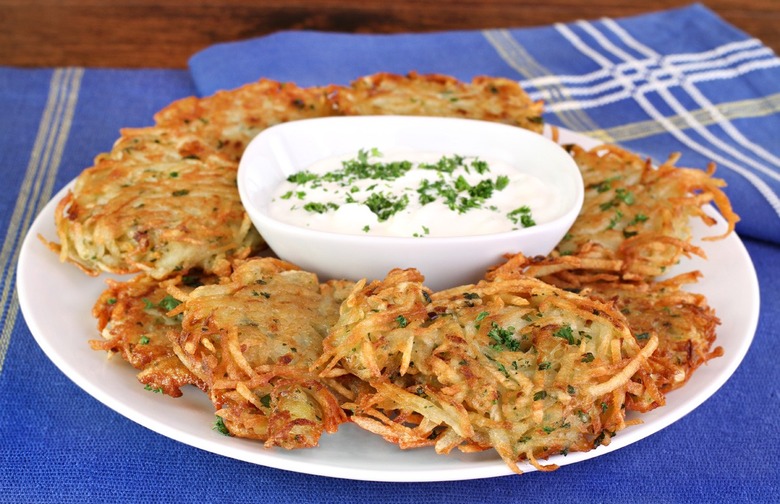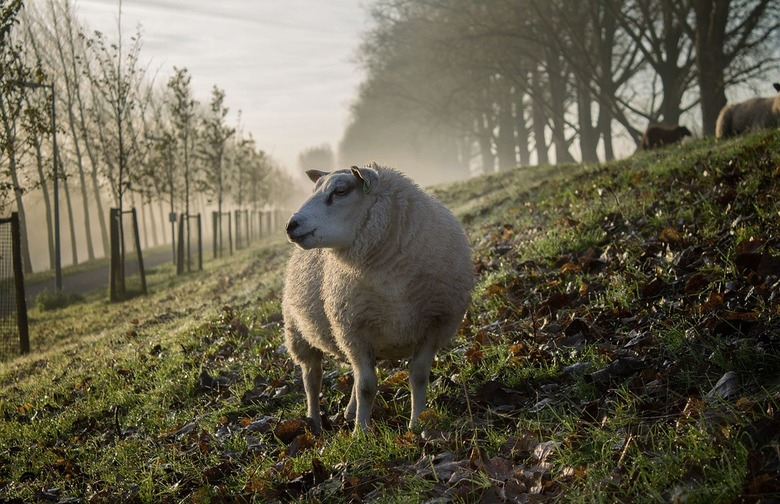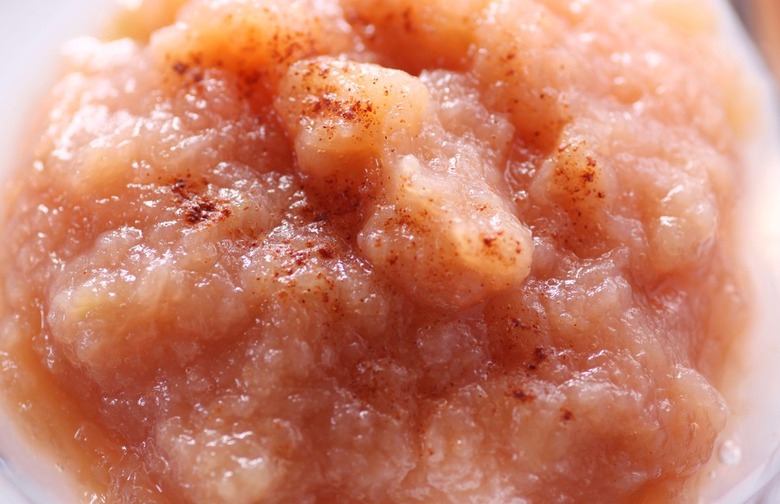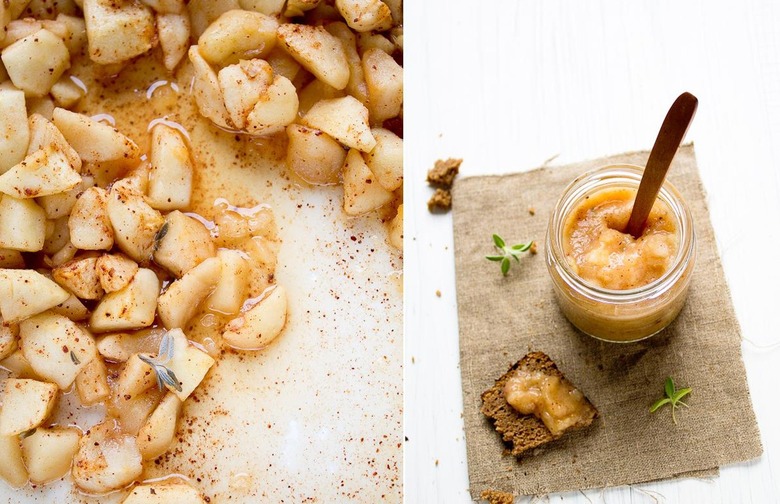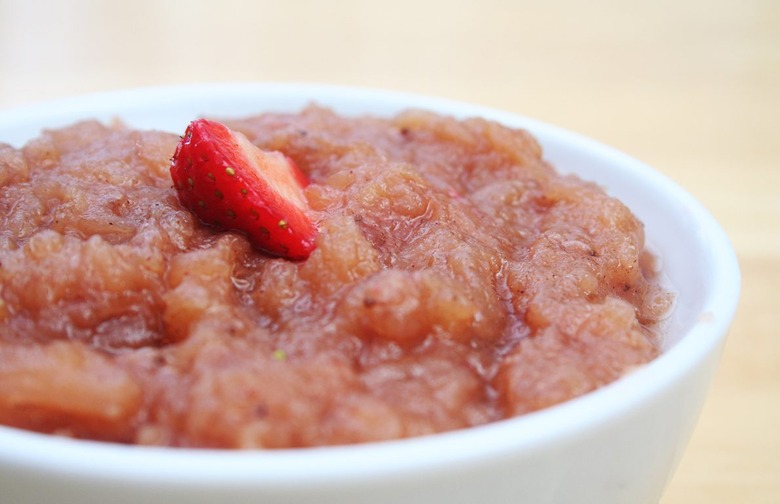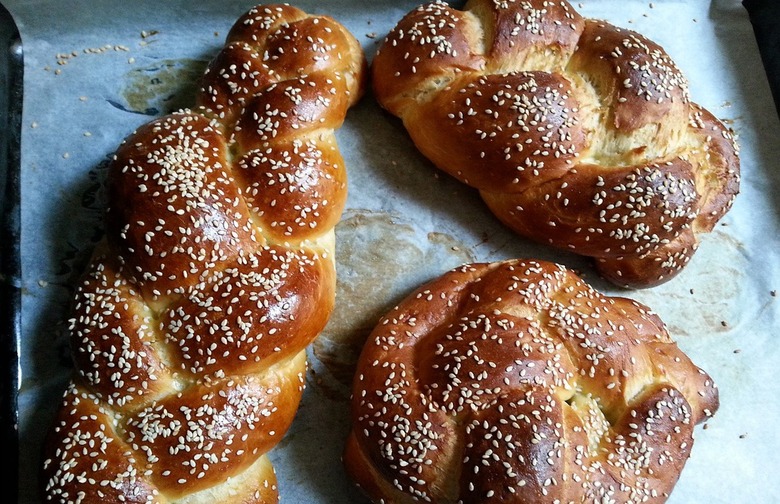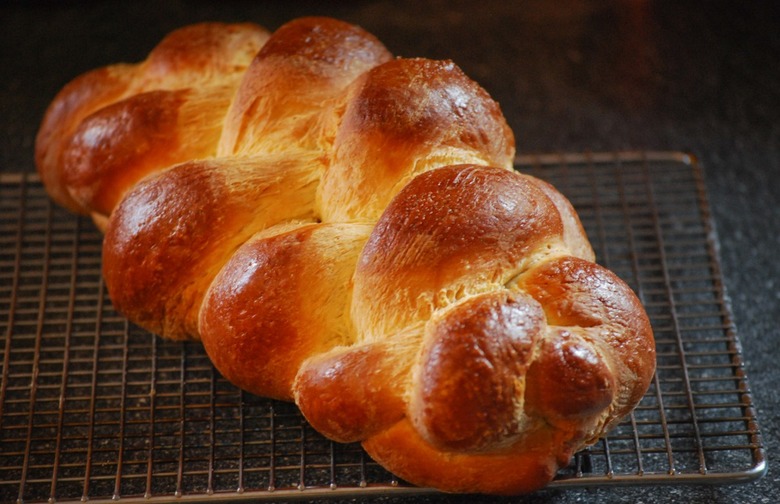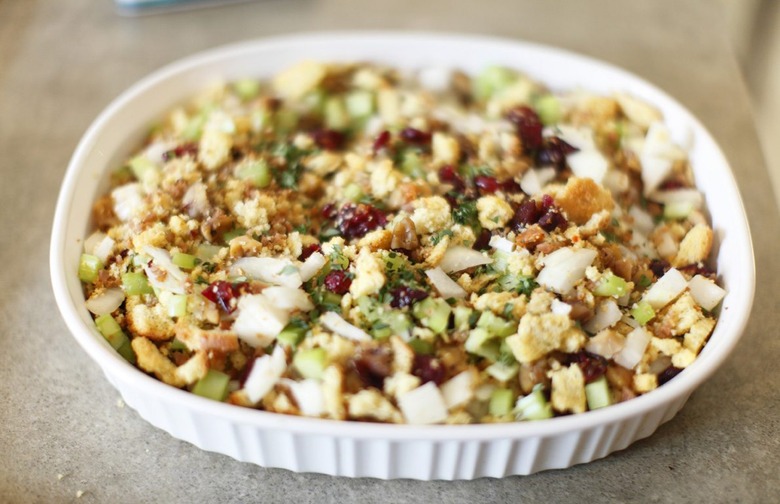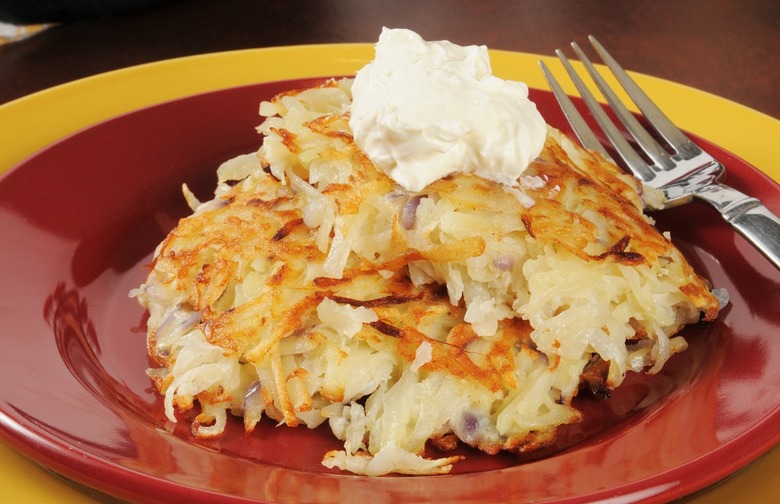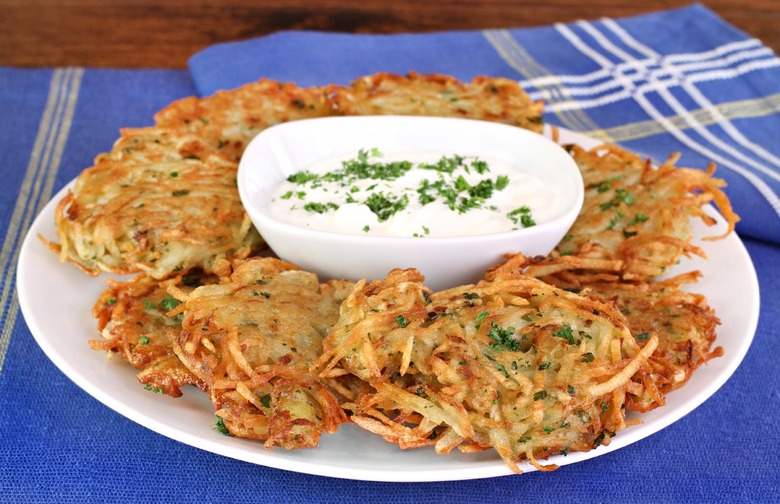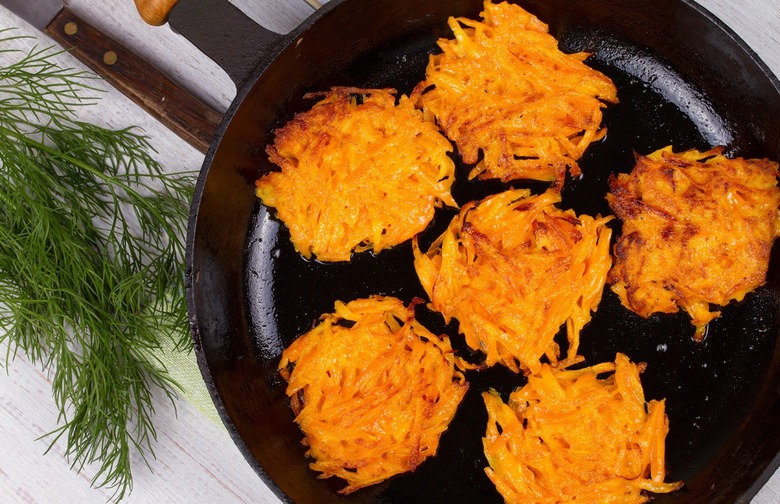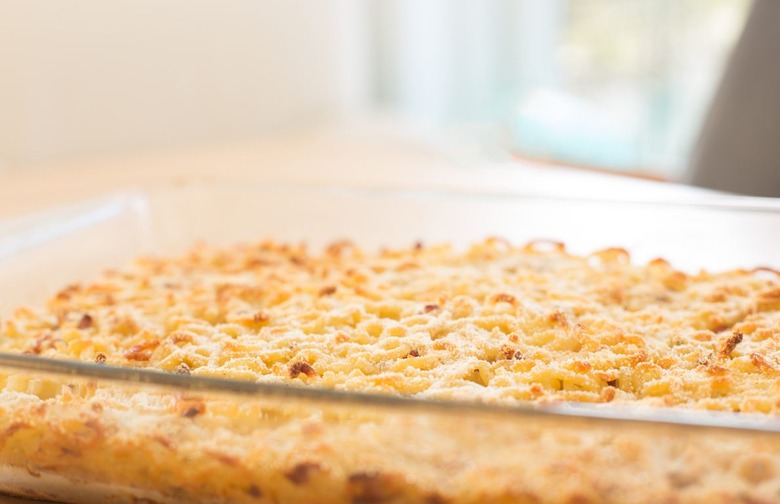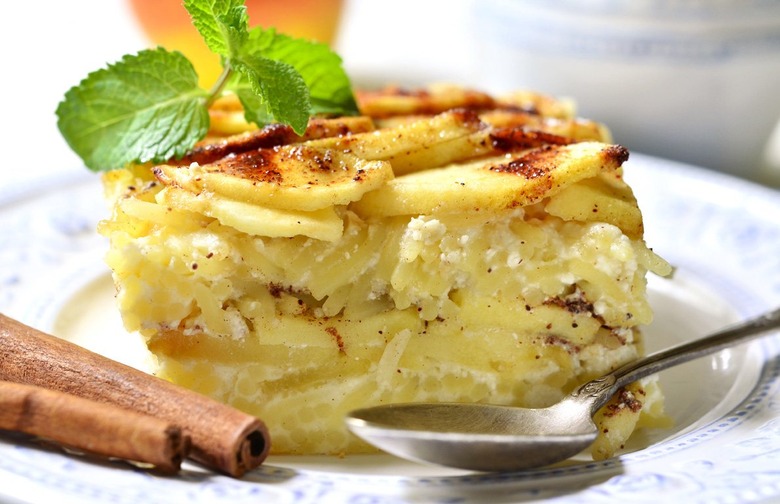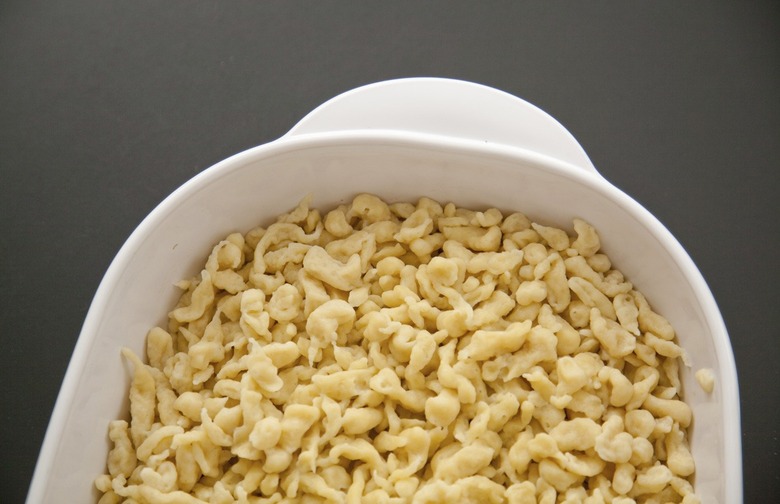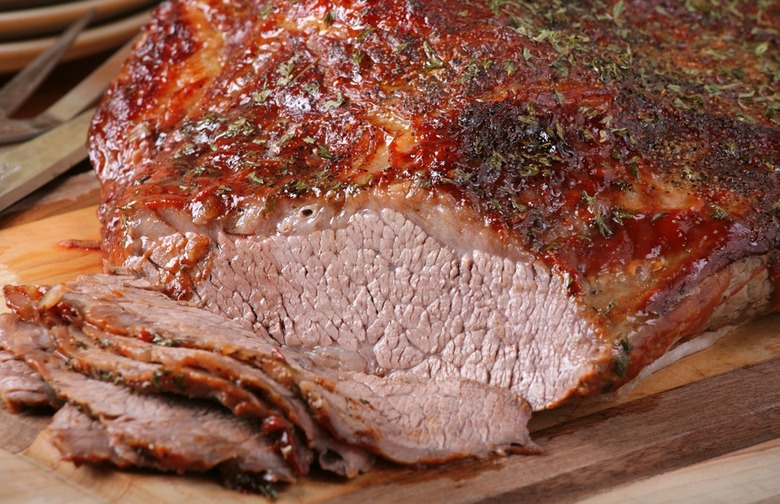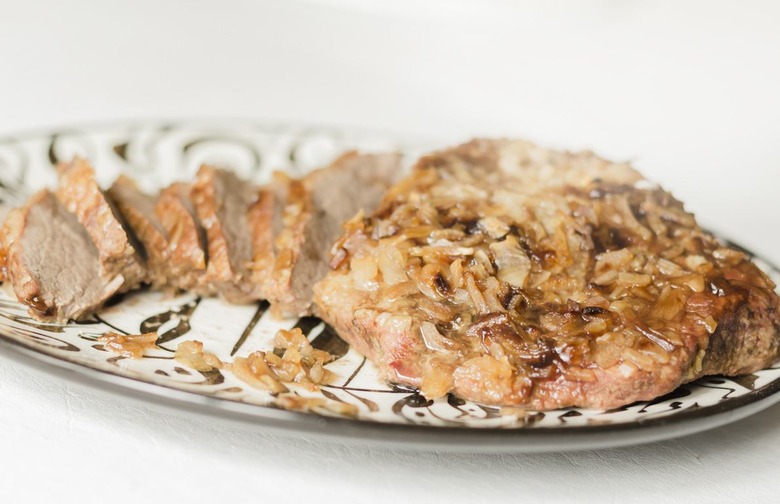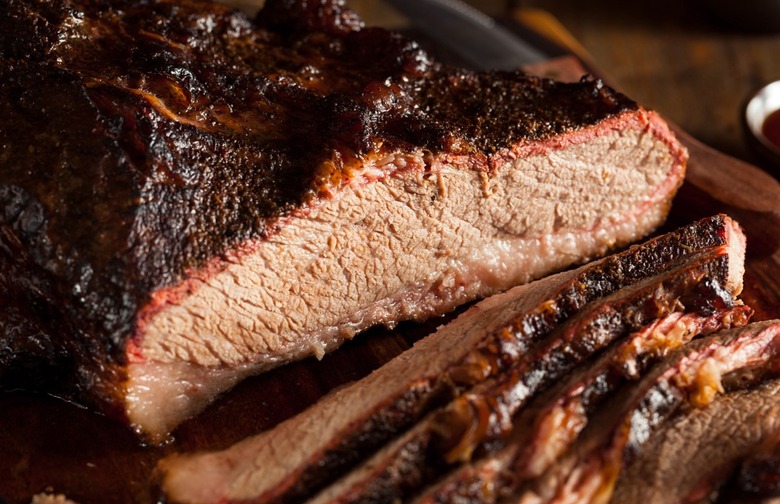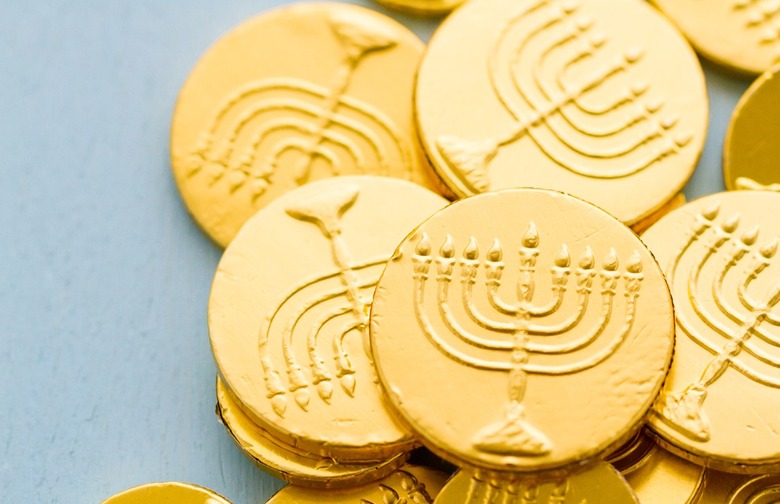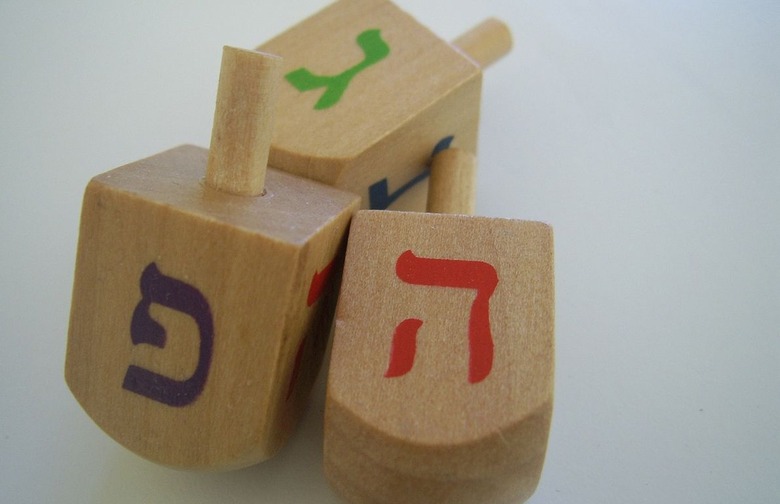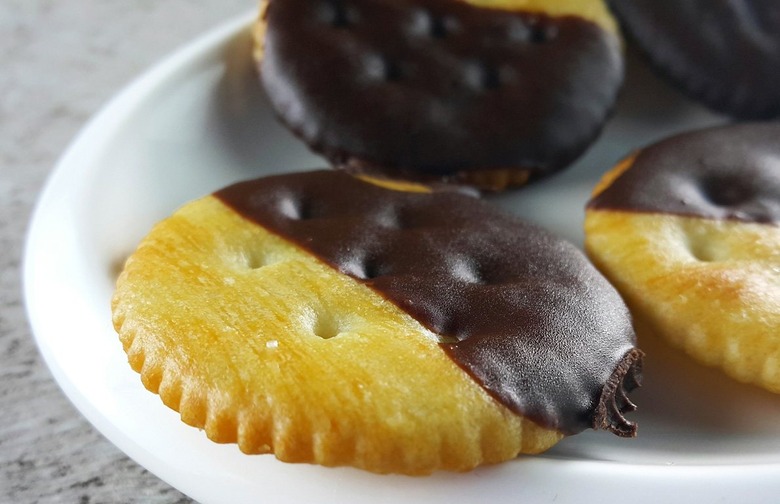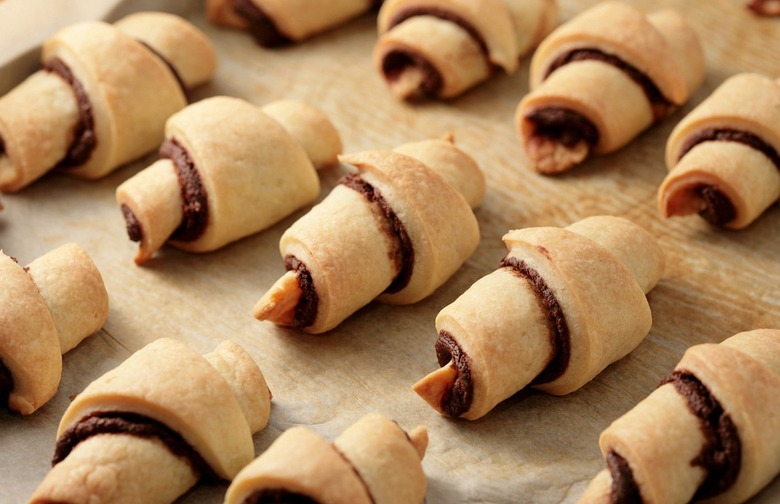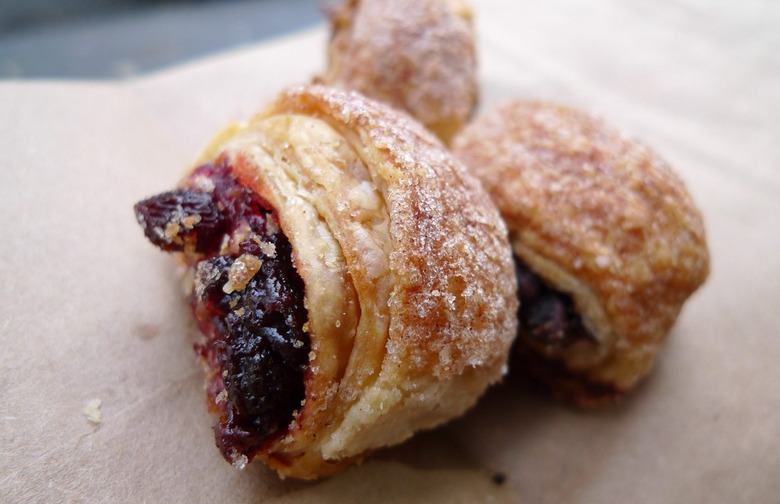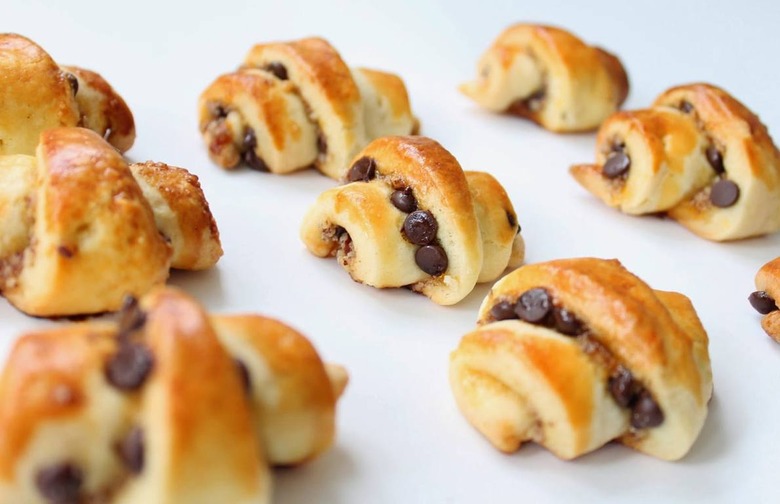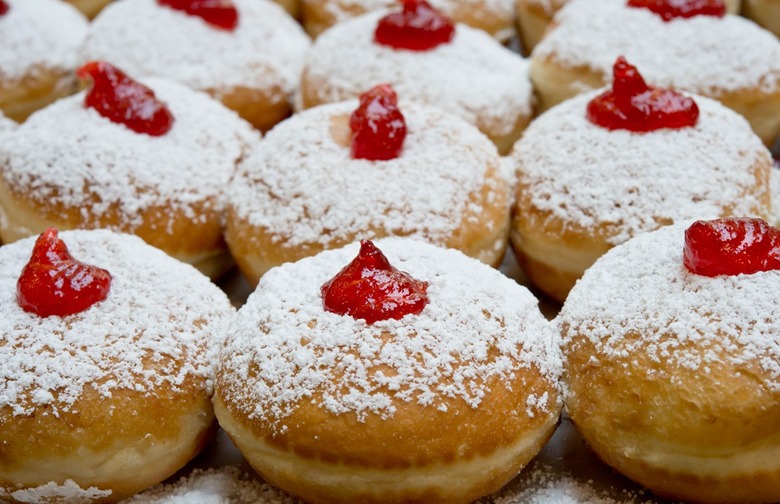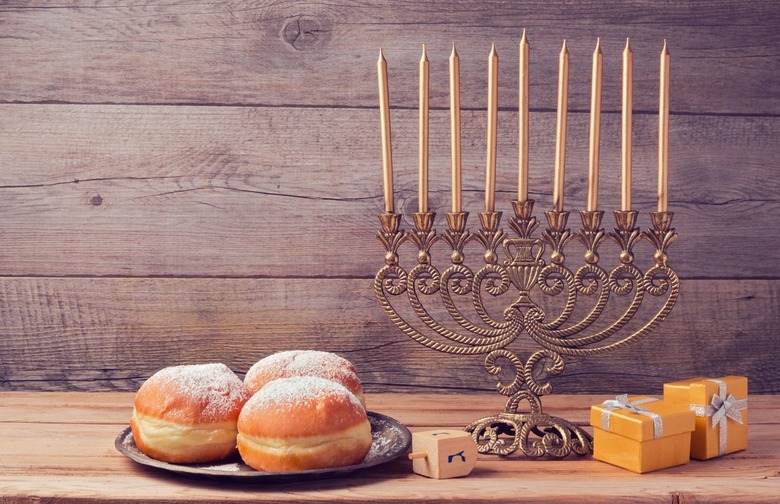Dishes To Celebrate All 8 Nights Of Hanukkah
Hanukkah is one of the most exciting food-centered holidays of the year. While you may not celebrate it in your home, it's worth knowing that the traditional Jewish dishes consumed for the occasion are unlike any other. (You truly haven't lived until you've dipped a crunchy potato pancake into tart sour cream.)
To better understand where these foods come from, as well as their religious significance, we've looked into the origins and reasons behind these traditional foods. Do you know the story of challah? Why the Jews chow down on greasy doughnuts on Hanukkah to commemorate their past? Use our in-depth exploration of this holiday to better understand why we celebrate the way we do. You can even make a fun family activity out of it and give your family members a dinner quiz on the origins of the food they're consuming.
Why We Keep Kosher
Keeping kosher is a dietary practice observed among religious Jews. Among many other things, this involves consuming only the meat of animals that have cloven hooves and are ruminants (they chew a cud). This includes cows, sheep, and goats, but excludes pigs.
Keeping Kosher
To be kosher, even the meat of these animals must be slaughtered by a schochet, who dispatches the beasts by cutting their throats with a sharp knife and bleeding them out. Kosher law also forbids cooking or eating meat and dairy products at the same time or with the same vessels, because according to the Book of Exodus, "You may not cook a young animal in the milk of its mother."
Why We Eat Apple Sauce
Apples are a significant fruit in Jewish culture. They are dipped into honey on Rosh Hashanah to symbolize a sweet new year. They are also noted as a fruit represented in the Garden of Eden, making them an important religious symbol. Applesauce is typically used on Hanukkah to put over latkes, which is a great alternative to sour cream if you're serving brisket and keeping kosher.
Apple Sauce
This classic applesauce recipe combines fresh apples, brown sugar, cinnamon, and lemon juice for a sweet, soft sauce. Use this recipe if you're trying to go for something more traditional.
Cinnamon-Cherry Applesauce
If you're looking to impress your guests, whip up this cinnamon-cherry applesauce. With chunky cherry pieces, this applesauce has a lot more texture and flavor than your average store-bought version.
Why We Eat Challah Bread
Challah, a popular sweet, traditional Jewish bread, is served every Friday night for the Sabbath. It represents the manna that God gave to the Israelites when they lived in the desert after their flgiht from Egypt.
Challah
This traditional challah is the perfect recipe for your Hanukkah Shabbat dinner. Its soft inside works perfectly to soak up the brisket gravy, so you can leave the table with a clean plate.
Caramelized Onion Challah Stuffing
Bake these little challah stuffing muffins as a beautiful alternative to a loaf of challah for dinner. Everyone will still get the taste of the sweet bread with the addition of vegetables and tart cranberries.
Click here for the Caramelized Onion Challah Stuffing Recipe.
Why We Eat Latkes
Latkes, or fried potato pancakes, are a Jewish favorite that are dreamed about all year. Their oily, greasy texture represents the miracle of Hanukkah, when oil that shouldn't have lasted more than a day lasted for eight days and eight nights for the Jewish people.
2nd Ave Deli Potato Latkes
These potato latkes use fresh potatoes, matzo meal, and grated onions for the traditional Jewish pancake. Top these off with sour cream or applesauce for a refreshing sweet or tangy taste on top of your hot, greasy latke.
Butternut Squash and Sage Latkes with Maple Mascarpone
These sweet latkes give traditional crunchy potato pancakes a fun spin by using maple mascarpone and butternut squash. The shredded butternut squash gives these cakes a fresh taste that combines with sage for a seasonal treat.
Click here for the Butternut Squash and Sage Latkes with Maple Mascarpone Recipe.
Why We Eat Noodle Kugel
Custard Noodle Kugel
This noodle kugel would make a delicious dessert or sweet side dish to balance out your crispy latkes. With cottage cheese, egg noodles, marshmallows, and cinnamon, this blend gives you a sweet and savory dish.
Grandma Dora’s Noodle Kugel
Using your grandma's recipe for traditional dishes always makes them better, and this kugel is no exception. This noodle kugel uses raisins, pot cheese, cream cheese, and sour cream for an incredibly creamy noodle casserole. This dish almost tastes like a raisin and cinnamon mac and cheese!
Why We Eat Brisket
"The often-impoverished Jews of eastern Europe could rarely afford to 'live high on the cow' — to buy the more tender cuts from the rib and chuck. [So] they learned how to make do with the cheaper, less desirable parts." — Gil Marks' Encyclopedia of Jewish Food. In addition, since the consumption of the animal's sciatic nerve and adjacent blood vessels is forbidden, and removing them is a painstaking process, the hindquarters of the cow — including the terderloin, sirloin, and round — are rarely sold to kosher butchers. (The brisket is the animal's chest.)
Jewish Beef Brisket
This classic beef brisket recipe roasts the brisket slowly in the oven, which will get your entire house smelling like Passover. The meat practically melts in your mouth, and goes heavenly with roasted onions and carrots. Be careful not to serve this meat with any type of dairy, like a cheesy noodle kugel or sour cream for your latkes if someone at your dinner is keeping kosher.
Slow-Cooker Brisket
This super simple brisket recipe is great if it's your first time cooking the tender meat. After cooking in the slow-cooker with a beer marinade for 8-10 hours, the meat becomes soft and juicy.
Why We Eat Gelt
Gelt, the Yiddish word for money, was historically given to children as a present for Hanukkah. In the twentieth century, an American chocolatier came up with the idea of wrapping chocolate coins in silver and gold wrappings to give to children on the holiday. Today, children often get chocolate gelt, and use it to play dreidel.
Dreidel
Playing the dreidel game is a popular Hanukkah practice. Players spin the dreidel and, depending on the Hebrew letter that faces up, they either do nothing, take gelt from the pot, or put gelt in the pot. This game is typically played with chocolate Hanukkah gelt.
Homemade Hanukkah Gelt
Instead of buying your generic Hanukkah gelt at the store, have your kids make homemade Hanukkah gelt as a fun family activity. This recipe dips apricots in chocolate to mimic the circular shape of the coins, but you could use Oreos or wafers if you're looking for a chocolate-filled treat.
Why We Eat Rugelach
Rugelach has been a traditional Eastern European treat for years. This treat's recipe changes from country to country, but the traditional Jewish version is made with cream cheese-enriched dough, which surrounds a sweet, gooey filling.
Candied Ginger, Blackberry, and Almond Rugelach
The dough, which is made from scratch for these rugelach, is filled with sweet crystalized ginger, sweet blackberry jam, ground cinnamon, and roasted almonds for a gooey traditional dessert.
Click here for the Candied Ginger, Blackberry, and Almond Rugelach Recipe.
Roll Your Own Rugelach
You may think buying the pre-made crescent rolls is the only way to make rugelach yourself, but we've compiled a step-by-step process so you can make these beloved Jewish pastries in your own kitchen.
Why We Eat Sufganiyot (Jelly Doughnuts)
Deep-fried doughnuts filled with sweet jelly remind the Jews of miracle behind the oil lasting for eight days and eight nights. These are a common dessert for Hanukkah, and can be easily store-bought.
